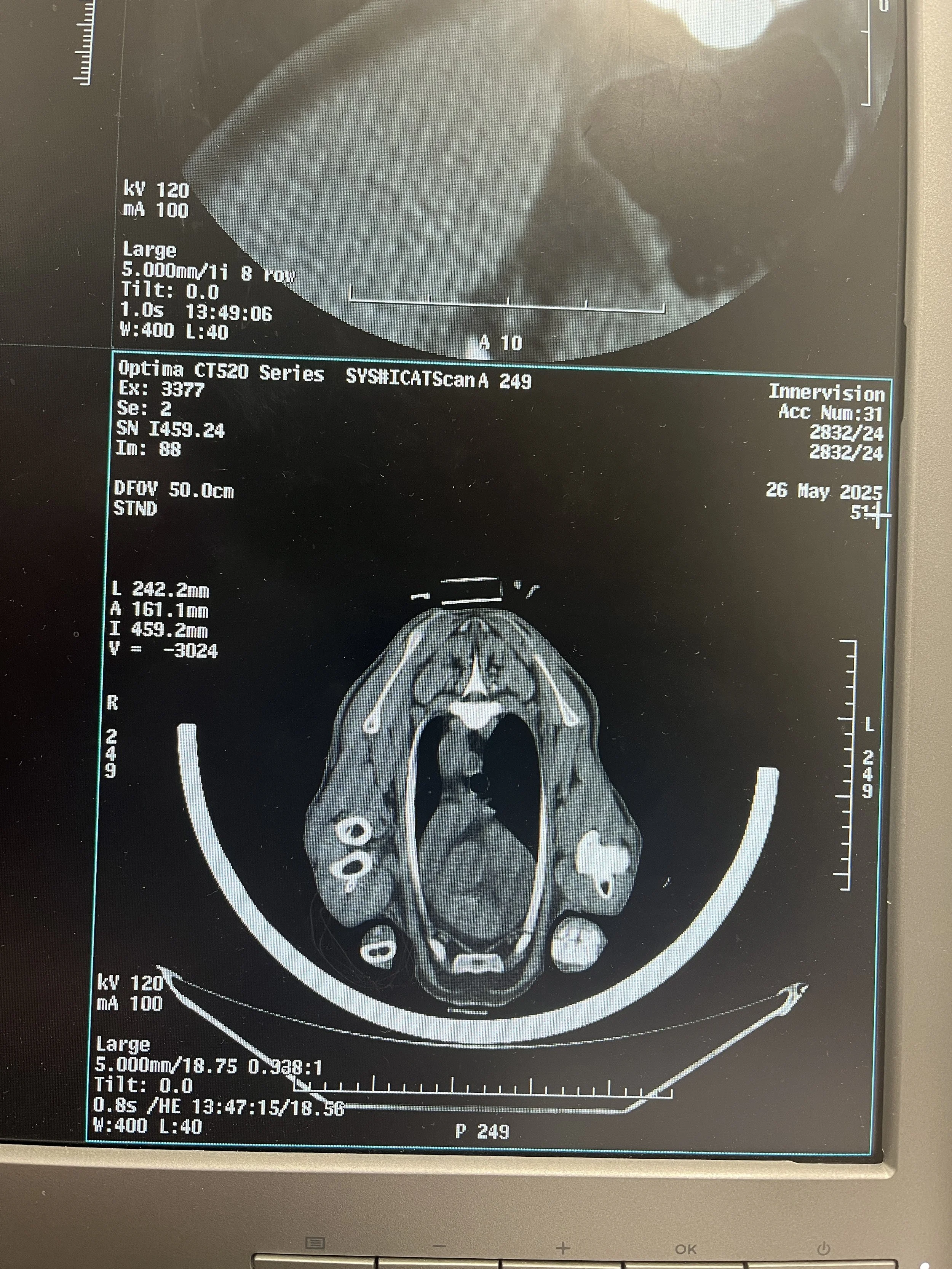Innervision CT Scanner
The genetic improvement in carcass merit of commercially sired terminal progeny for meat production.
Cross-sectional images through a body, to accurately measure the weight, volume and density of muscle, fat and bone in a live animal, removing the need to slaughter the animal and dissect the carcass.
The Innervision CT scanner is a joint venture between AgResearch, Pāmu Farms of New Zealand and Focus Genetics. It has been operating for 29 years.
CT scanners use x-rays to produce cross-sectional images through a body. This technology allows the evaluation of high value breeding animals in meat production, looking at the weight of muscle and fat in the hindleg, loin and shoulder primal cuts which are closely related to the newer grading systems. It has been found that when used in conjunction with ultrasound scanning, it can almost double the rate of genetic progress.
More recently the use of AI algorithms and spiral CT scans have improved the ability to look at whole body composition which means we can now start to look deeper into specific organs such as the rumen or lungs; rumen in relation to methane emission and feed intake and lungs providing the ability to detect lung lesions that may indicate pneumonia.
It also provides the opportunity to evaluate skin thickness which directly relates to lamb survival.
Focus Genetics have incorporated CT scanning for lean meat yield and fat yield since the scanner first came into use in 1996. Over the past 29 years approximately 6900 lambs and 1200 yearling stags have been CT scanned.
An AbacusBio report in 2020 estimated the benefit of using CT scanning to the NZ sheep industry to be an NPV of $12.53 million with a 6.5% discount rate and a 20-year horizon.
The Innervision CT Scanner is offered commercially for breeding stock evaluation, research programmes and veterinary diagnostic purposes. If you are interested in investigating the opportunity to scan your own flock please contact us at info@focusgenetics.com .
Click here to go to the Innervision website and view a video of the CT Scanner in action: INNERVISION - AgResearch
Total number of Focus Genetics deer and sheep scanned since 1996.




